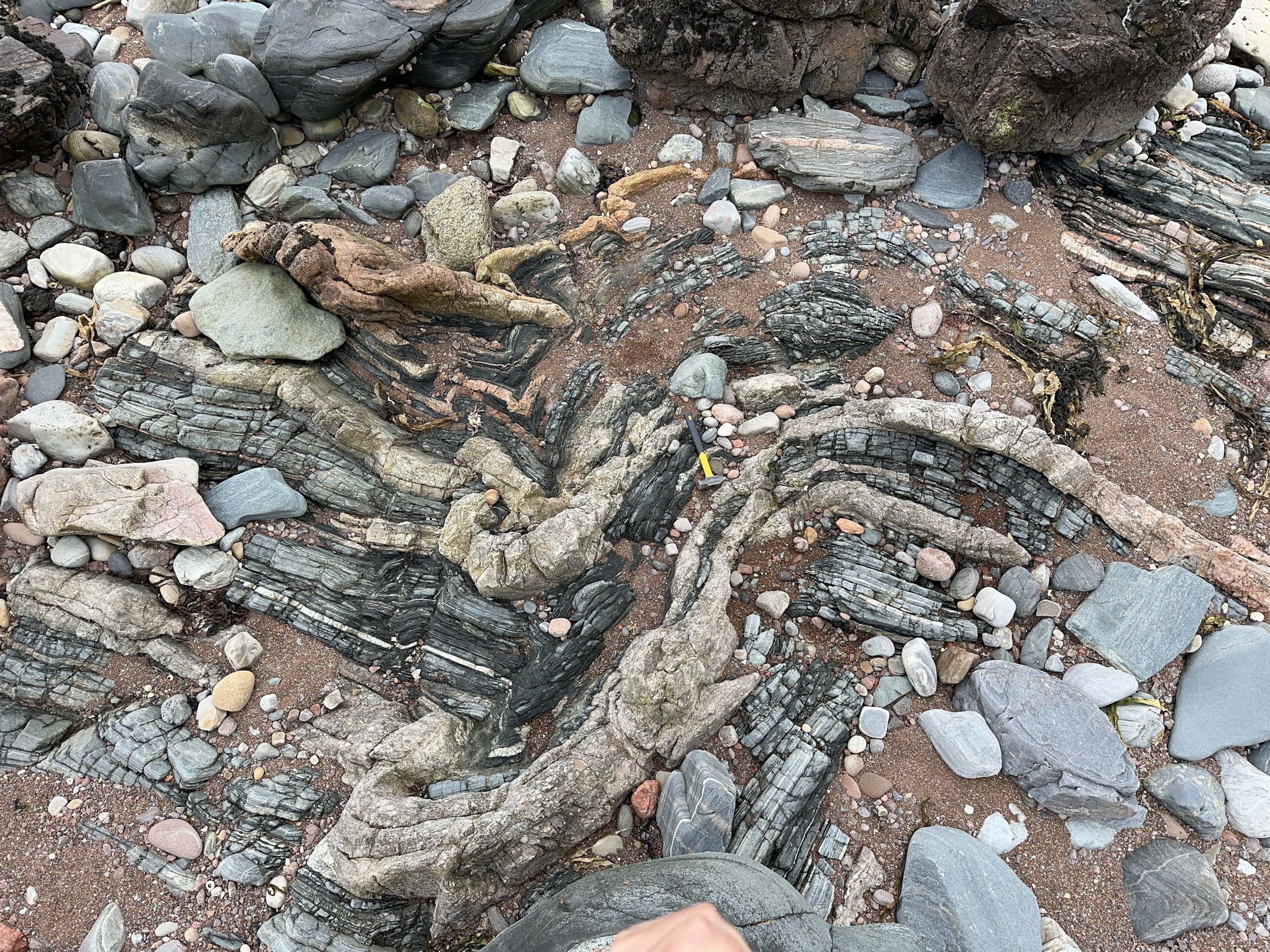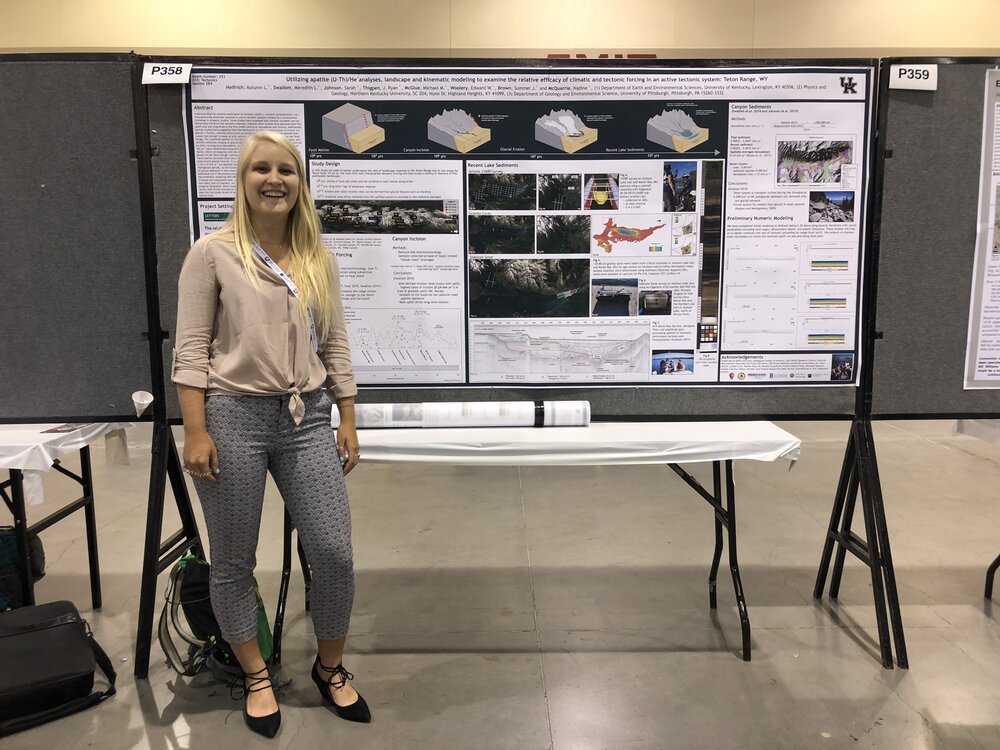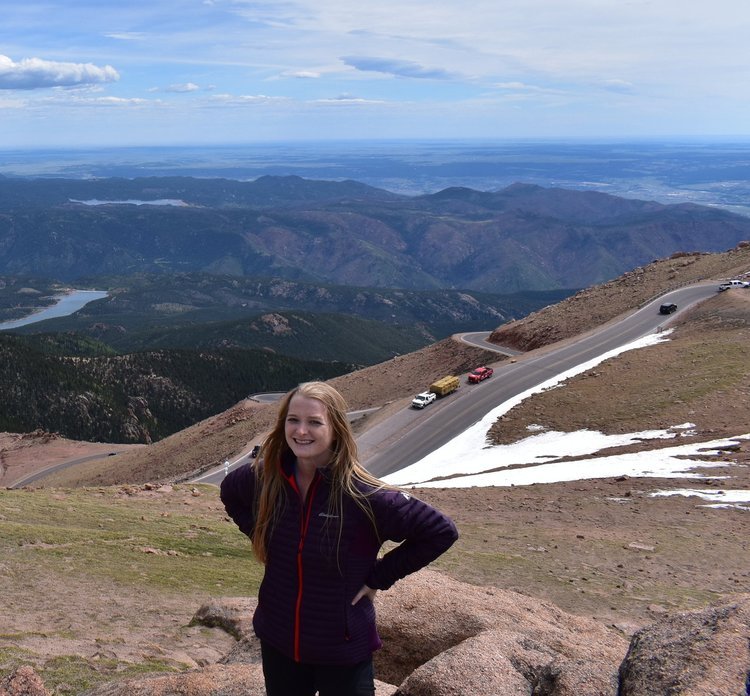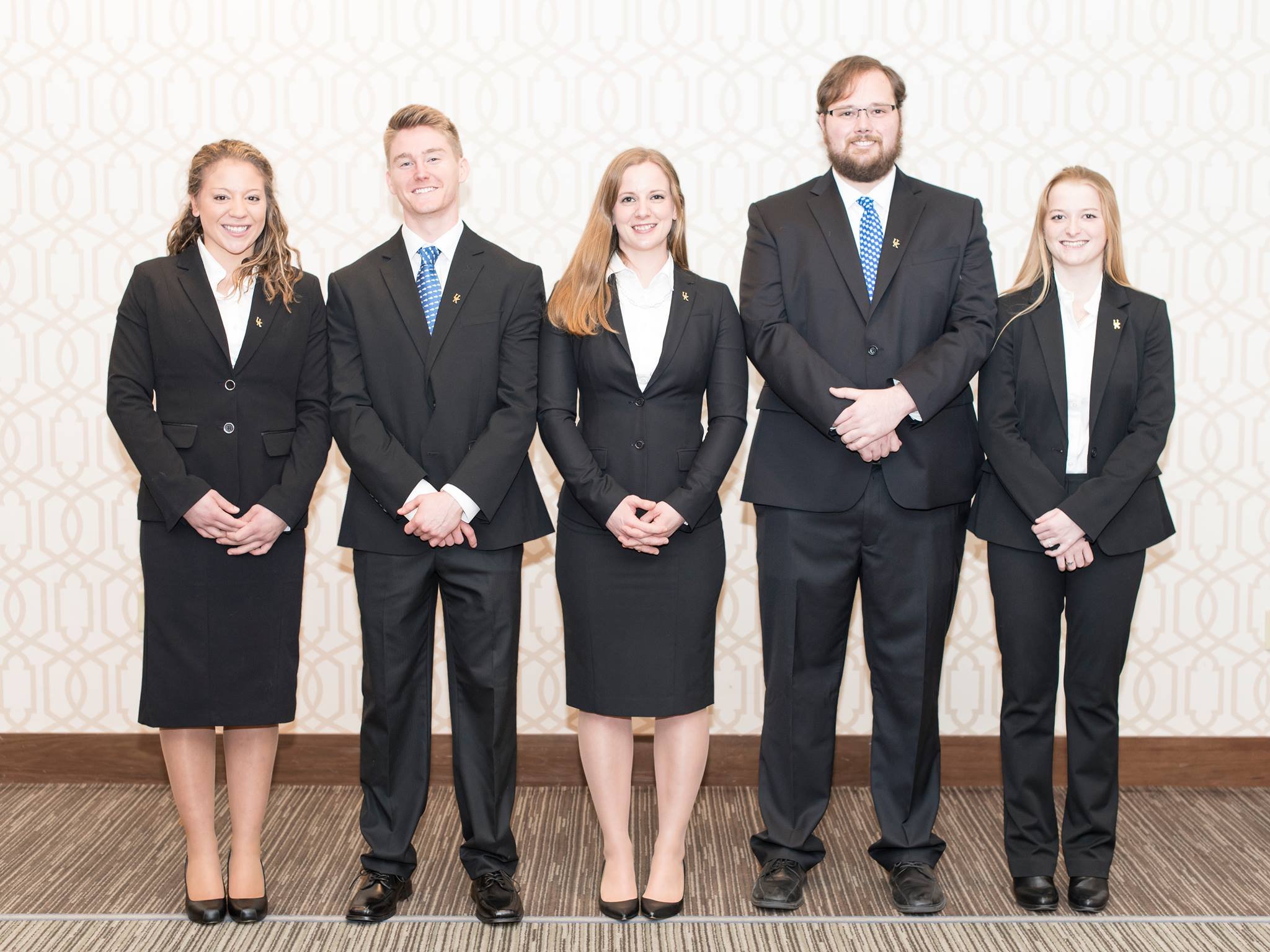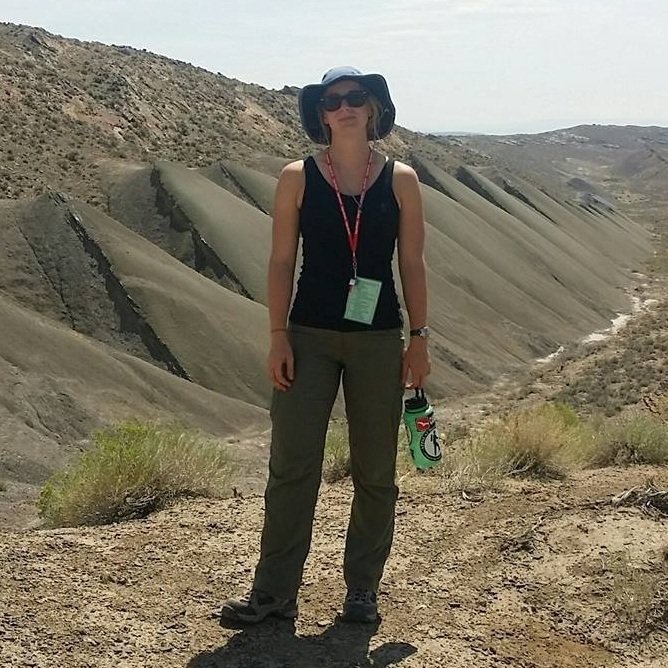In the UK Structure and Geodynamics Group, Prof. Ryan Thigpen and his students and collaborators use field, analytical, and computational methods to test hypotheses of fundamental tectonic and geomorphic processes
Our group is focused on analyzing governing links between structural evolution and larger scale geodynamics. We address a range of problems, from integrated geomechanical and basin analysis studies to holistic characterization of orogenic wedge evolution to active tectonics processes reflected in surface topographic evolution.
UK S&G NEWS
Oct. 2023 - Teton NSF PIs Thigpen and McGlue along with post-doc Giliane Rasbold and graduate students John Dilworth and Sam Whitehead arrive at the National Lacustrine Coring Institute and Continental Scientific Drilling on the campus of the University of Minnesota to open the Jackson Lake long cores from the September coring operation…..quick conclusion….we have a lot of incredible work to do!
Oct. 2023 - Group member Ryan Goldsby wins 3rd place in the student map competition at GSA for his work focused on the northernmost Teton Range
Oct. 2023 - UK S&G and collaborators gave numerous oral and poster presentations about our ongoing work at GSA 2023 Pittsburgh, including multiple group co-authored talks in a session honoring the incredible career of Prof. Micah Jessup, University of Tennessee.
Oct. 2023 - New book chapter co-authored by Prof. Thigpen for the upcoming Geology of Scotland book has been accepted for publication by the Geological Society - book anticipated Spring 2024!
Oct. 2023 - New paper on monazite-xenotime thermometry published in Geological Society Special Publications
Sep. 2023 - As part of our NSF project in Grand Teton National Park, our coring team, led by Thigpen, Mike McGlue, Summer Brown, Giliane Rasbold, John Dilworth, Sam Whitehead, video guru Dan Reiner, and a team from Continental Scientific Drilling collected a nearly continuous ~31 m core (100 ft) from Jackson Lake, thought to be one of the longest lake cores in North America.
July 2023 - Group members Ryan Thigpen, Ph.D. student Ryan Goldsby, M.S. student Terri Zach, and undergraduate researcher Riley Grove head to Wyoming to carry out detailed mapping of the northernmost Teton Range and the southern margin of Yellowstone, as part of two USGS-EDMAP funded projects in support of our greater Teton NSF project.
May 2023 - Group members Ryan Thigpen, Summer Brown and graduate student Ryan Goldsby head to Scotland for fieldwork focused on unraveling the metamorphic and tectonics history of the Northern Highland terrane. The UK S&G Group was joined by Prof. Rick Law and graduate student Ella Davis from Virginia Tech.
May 2023 - Group members Ryan Thigpen, Summer Brown and graduate student Ryan Goldsby head to Portugal for fieldwork as part of our ongoing American Chemical Society-PRF project focused on understanding subseismic deformation surrounding salt diapirs in geologically young but structurally complex basins.
April 2023 - Group member Callia Cortese defends an awesome M.S. thesis focused on seismic reflection mapping of earthquake-related mass transport deposits in Jackson Lake, Grand Teton National Park, Wyoming.
April 2023 - Our group receives a second USGS-EDMAP grant to continue our detailed geologic mapping efforts in the northernmost parts of Grand Teton National Park. This grant will support the mapping work of M.S. student Terri Zach and multiple undergraduate mappers.
April 2023 - Ph.D. student Sarah Johnson successfully defends her dissertation titled “Applications of digital terrain modeling to address problems in geomorphology and engineering geology.” Congratulations to newly minted Dr. Johnson!
Feb. 2023 - Group Director Ryan Thigpen gives an invited seminar at his alma mater, the University of Tennessee - Knoxville Department of Earth and Planetary Sciences
Feb. 2023 - New student first-authored paper in Earth Science, Systems and Society that uses core-based diatom records from Jackson Lake, Grand Teton National Park, WY, to provide a new baseline for understanding environmental and anthropogenic change in the greater Yellowstone region.
Jan. 2023 - New paper first-authored by group graduate student Bill Swanger in the Journal of Structural Geology highlighting our ongoing ACS-PRF sponsored research to understand sub-seismic deformation adjacent to large salt diapirs in evaporite basins. This type of deformation represents a major challenge for hydrocarbon reservoirs in Paleogene-recent, structurally complex evaporite basins.
Jan. 2023 - New paper in Earth Science, Systems and Society that uses Jackson Lake in Grand Teton National Park, WY to understand the influence of base level (outlet) engineering on fundamental limnogeological processes by using seismic reflection data and sediment cores.
Sep. 2022 - New paper about our NSF-sponsored work to characterize the spatial extent and intensity of multiple Paleozoic metamorphic events and tectonic exhumation in the southern Appalachian Blue Ridge, with two longer term goals of (a) understanding processes active during Paleozoic continental collision and (b) characterizing the distribution and concentration of critically important REE-phosphate minerals in the southern Appalachians as a function of metamorphism.
Aug. 2022 - Our group is awarded a RAPID grant by NSF Geomorphology and Land Use Dynamics (GLD) to collect perishable data for constraining new numerical models being built by group Ph.D. student Meredith Swallom that reproduce development of the catastrophic July 2022 floods in eastern Kentucky. Data collected consist of high water marks and available velocity data. This data will be critical for new intiatives by our group, in collaboration with the Kentucky Geological Survey, to develop better geomorphic metrics to feed into flood advance warning systems.
May 2022 - New paper in Earth and Planetary Science Letters first-authored by group graduate student Sarah Johnson focused on comparisons between fluvial and glacial erosion in the Teton Range of Wyoming that highlights the inefficiencies of fluvial erosion in glacially modified landscapes.
April 2022 - Ph.D. student Brandon Spencer successfully defends his dissertation titled “Syn- to post-orogenic evolution of collisional mountain systems: Investigating the potential for crustal flow using thermochronology and numerical models.” Congratulations to newly minted Dr. Spencer!
April 2022 - Group member and M.S. student Stephanie Sparks successfully defends her thesis titled “Influence of bedrock erodibility on orogen evolution in collisional systems and implications for geodynamic models.” Congratulations to Stephanie on this accomplishment!!
November 2020 - Group member Autumn Helfrich successfully defends an awesome M.S. thesis focused on constraining the uplift history of the Teton Range and motion on the Teton fault using coupled flexural-kinematic and thermal-kinematic modeling. Follow her defense, Autumn has accepted a Geoscientist-in-the-Park position in Yosemite National Park. Congratulations to Autumn!!!
September 2020 - Group members Ryan Thigpen, Ph.D. student Ryan Goldsby, and M.S. student Nick Powell headed out to the Moab, UT region to complete fieldwork associated with our American Chemical Society-Petroleum Research Grant focused on subseismic damage of reservoir rocks adjacent to huge salt bodies and diapirs. For this trip, we focused primarily on the incredible outcrops on the flanks of the Salt Valley in and north of Arches National Park.
August 2020 - New Ph.D. student Ryan Goldsby has joined our group after completing a B.S. and M.S. at Idaho State University and then serving as the Field Camp Director at ISU. Ryan plans to take on two projects in our group, working on the thermochronology aspects and mapping of the northern Tetons as part of our larger NSF project and working on our ACS-funded salt tectonics project in Utah, Mexico, and potentially Portugal.
August 2020 - Collapse paper
February 2020 - Our group was awarded another grant from NSF Tectonics to test our hypothesis that the Teton fault originally extended across the Yellowstone caldera, with the northern half of the paleo-Teton range being erased by the Quaternary migration of the hotspot into its current position. To test this, we will work with co-PIs Mike McGlue, Ed Woolery, and Kevin Yeager and Lecturer Summer Brown in the UK EES Department to complete new thermochronologic analyses, lake and onshore seismic surveying, and lake coring to characterize the paleo- to recent motion history of the Teton fault. More info about our grant can be found here and a mini-documentary of our preliminary work can be found here.
August 2019 - New M.S. student Nick Powell joins our group after completing his B.S. in Geology at Appalachian State University where he worked to constrain conditions of deformation and metamorphism in the Eastern Blue Ridge. At UK, he is shifting his focus eastward to the Carolina Inner Piedmont. To do this, Nick is applying thermobarometry, monazite and xenotime geochronology, and pseudosection modeling to define the metamorphic history of the Inner Piedmont in tests of the lower crustal channel flow model.
August 2019 - New M.S. student William “Bill” Swanger recently joined our group after completing a B.S. in Geology in May of 2016 from James Madison University and then working for the Virginia Division of Geology and Mineral Resources, where he focused on geologic mapping and digital cartography.. His M.S. project will examine the origin, frequency, and distribution of deformation bands near salt diapirs in Salt Valley, Utah as part of our recently funded ACS Petroleum Research Foundation grant.
July-August 2019 - Teton field season
May 2019 - M.S. student Meredith Swallom defended her thesis project titled “Determining rates of landscape response to tectonic forcing across a range of temporal scales and erosional mechanisms: Teton Range, WY.” Her work integrates thermochronology and seismic reflection data from Moran Bay to characterize the disparity between long-term and short-term erosion rates in this source-to-sink system, with a larger goal of understanding how the processes controlling erosion vary over a range of spatial and temporal scales.
January 2019 - M.S. student Autumn Helfrich joined our group after completing her B.S. degree at Bloomsburg University of Pennsylvania. Autumn will be working on part of our larger Tetons project, and will be using fieldwork, thermochronology, landscape analysis, and numerical modeling to investigate the long-term incision of the range in response to varied uplift along strike.
November 2018 - M.S. student Rachel Hoar successfully defended her thesis entitled "Refining the onset timing and slip history along the northern part of the Teton fault.” Following completion of her M.S. degree, Rachel will move on to Texas A&M in January 2019 where she will start her Ph.D. work on a Chevron-sponsored project involving basin modeling at the Berg-Hughes Center for Petroleum and Sedimentary Systems.
December 2018 - Scientific American recently highlighted work that our group has been doing in collaboration with Prof. Sean Gallen at Colorado State University. In this recently published study linked here, we examine the possibility that a transient wave of river erosion following a catastrophic drainage capture event may be responsible for sustaining earthquake activity in the East Tennessee Seismic Zone.
November 2018 - Our group was awarded an American Chemical Society Petroleum Research Fund grant from the Doctoral New Investigator program. This funded study will allow us to continue our work on salt diapir evolution by using the Paradox and La Popa basins as natural laboratories. Our recent work published in Journal of Structural Geology indicates that salt diapirs may drive deformation of overburden than previously realized and this grant will fund two new graduate students to field test these models.
August 2018 - Ryan, Summer, Rachel, Meredith, and Brandon completed fieldwork in the Tetons as part of a field course for graduate and undergraduate students. Instructors included Thigpen, Brown, and other EES faculty that focus on lake processes (McGlue) and geophysics (Woolery). We collected lake and onshore seismic data and thermochronology samples in support of our greater Tetons research. We gratefully acknowledge the Overcash Gift Fund, which paid all student expenses for this major field campaign.
July 2018 - Our group was awarded an NSF Tectonics grant to test the hypothesis that the southern Appalachian Inner Piedmont may have experienced orogenic channel and ‘escape’ flow during the Devonian Neoacadian orogeny!! This study is critical for understanding how crustal flow may contribute to the redistribution of mass and heat in large collisional orogens such as the Himalaya-Tibetan system.
May-June 2018 - Group members Ryan Thigpen and Summer Brown completed 10 days of reconnaissance fieldwork in Corisca, France to explore one of the coldest Alpine subduction zones in the world and the more recent uplift history of this incredible island in the Mediterranean. After Corsica, Thigpen, Brown, and Ph.D. student Brandon Spencer met up in NW Scotland to initiate Brandon’s dissertation research focused on the mechanisms driving rapid orogenic collapse in the Scandian orogenic wedge.
January 2018 - New Ph.D. student Brandon Spencer has joined our research group after completing his B.S. and M.S. in Geology at the University of Oklahoma. His M.S. thesis analyzed paleoweathering processes using paleomagnetic and field structural relationships. His Ph.D. work here at UK will focus on the mechanisms and rates of orogenic collapse and decay, using the Scottish and Scandinavian Caledonides as natural laboratories.
August 2017 - New M.S. student Meredith Swallom has joined our group after securing her B.S. in Geological Sciences from UK. She will be expanding upon our group’s tectonics work in the Teton Range. By using apatite thermochronology of incised drainage basins and seismic stratigraphy in glacial lakes, Meredith hopes to definitively link tectonic forcing to active surface processes.
August 2017 - Group members Ryan Thigpen and M.S. student Rachel Hoar completed a two week field season in the Tetons. Most of our work was focused on collecting transects for thermochronologic analyses aimed at constraining the uplift history of the northern (and very remote) parts of the Teton Range. Photo: M.S. student Rachel Hoar on the east face of Eagles Rest Peak, looking south toward Leigh and Jenny Lakes.
April-May 2017 - Group members Ryan Thigpen, Summer Brown, and M.S. student Stephanie Sparks completed a five week field season in Nepal focused on our ongoing work on channel and escape flow in orogenic systems. During that time, we worked along the classic transects across the Greater Himalayan Sequence, including the Modi-Khola (Annapurna), Marsyandi, and Langtang-Trishuli river sections.
April 2017 - Group Director Ryan Thigpen and collaborator Paul Betka from Lamont-Doherty Earth Observatory arrive in the Trishuli Valley, Nepal, on the way to Langtang. Every drainage in view contains a fresh landslide scar following the recent 2015 Gorkha Mw 8.1 earthquake that killed an estimated 8,964 people in the region.
March 2017 - The 2017 UK IBA team placed 3rd at Eastern US regional competition this weekend. Three students from the UK Structure and Geodynamics lab participated (Rachel Hoar, Stephanie Sparks, and Meredith Swallom) as well as two additional UK geology students (Steven Zotto and Alex Reis).
August 2016 - Prof. Ryan Thigpen and graduate students Stephanie Sparks, Rachel Hoar, and Patrick Whalen completed two weeks of fieldwork in Grand Teton National Park and the surrounding Bridger-Teton National Forest.
August 2016 - New M.S. student Stephanie Sparks joins our group after graduating from Virginia Tech in May 2013 with a B.S. in Chemical Engineering and a B.S. in Materials Science and Engineering. She comes to UK from the Department of Energy’s Office of Science where she was involved with international science and technology policy. Her M.S. will focus on modeling the Himalayan collisional system.
August 2016 - New M.S. student Rachel Hoar recently joined our group. For her M.S. research, Rachel will utilize (U-Th)/He of apatite to continue our work on the Teton Range. These analyses will be used to test fault growth models at the crustal scale. Rachel graduated in May 2016 from James Madison University with a B.S. in Geology.




